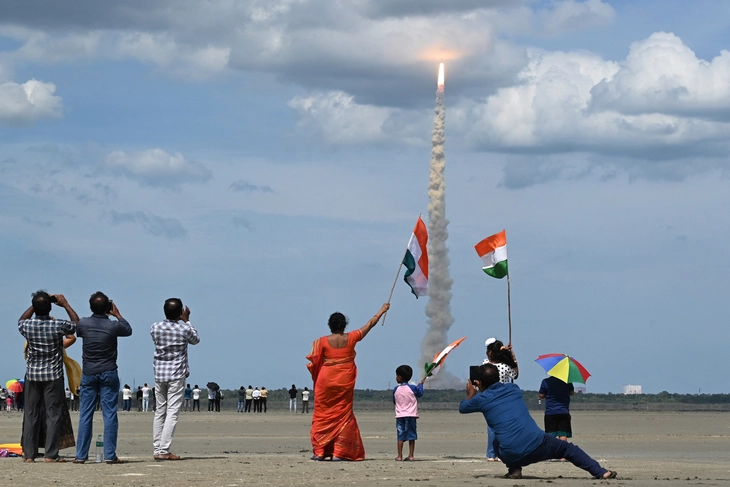
Indian people watch the launch of the Chandrayaan-3 spacecraft from the Satish Dhawan Space Center on July 14, 2023 - Photo: AFP
Today, August 15, marks India's 79th Independence Day. In the nearly eight decades since its independence, the world's most populous nation has made remarkable strides, including in the space sector.
On August 23, 2023, the Chandrayaan-3 spacecraft successfully landed in the area near the south pole of the Moon, making India the first country in the world to successfully land in this area known as the "dark side of the Moon".
This event opened the door for New Delhi to enter the "Moon exploration club", becoming the fourth country in the world to have a successful spacecraft landing on this natural satellite, after the US, the Soviet Union and China.
The above achievement is considered a "reward" for 60 years of hard work to become a powerhouse in the field of space exploration of India.
60 years of chasing the stars
India's dream of conquering space was conceived from the quiet St. Mary Magdalene Church on the coast of Kerala state - a place famous for its most beautiful scenery in India.
The church lies right on the magnetic equator, making it ideal for atmospheric research. In 1962, the Indian National Committee for Space Research (INCOSPAR) selected the site for its first rocket launch station.
On November 21, 1963, India officially took its first step into the space age with the launch of a small Nike-Apache rocket supplied by the United States into space for an exploration mission. The initial purpose of India's space exploration program was to develop the country's economy and society.
Since then, India has been persistently researching and developing this program.
In 2008, New Delhi achieved its first breakthrough in lunar exploration when its Chandrayaan-1 spacecraft discovered the presence of water molecules on the surface of the satellite, fundamentally changing the lunar geological history forever.
Since 2013, India has continued to make its mark on the world space map. The resounding success of the Mangalyaan Mars mission made the country the first country to reach the red planet's orbit on its first attempt, with an astonishing cost savings of $74 million.
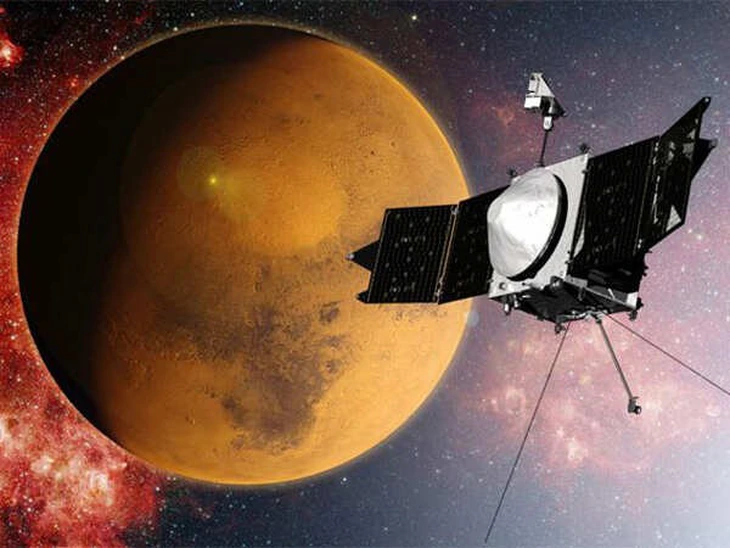
In March 2025, the Indian Government approved the Mangalyaan-2 Mars exploration project with the ambitious goal of landing on the surface of the "red planet" - Photo: TIMES OF INDIA
Chandrayaan-3, Mangalyaan... have paved the way for the boldest step of the Indian Space Research Organization (ISRO) to send humans into space.
This ambition is hoped to be realised through the Gaganyaan mission, scheduled to launch in 2027, marking India's first manned flight to low Earth orbit.
“India’s roadmap does not stop at Gaganyaan,” said Pallava Bagla, science editor at New Delhi Television (NDTV). Prime Minister Narendra Modi has outlined a bold vision: to set up an Indian space station by 2035 and send Indians to the Moon by 2040.
If successful, India will join the prestigious club of nations with indigenous technological capabilities for manned space flights, alongside Russia, the US and China.
"When we celebrate 100 years of independence in 2047, an Indian flag will be flying on the Moon," India's Science and Technology Minister Jitendra Singh proudly asserted.
Statement of a rising nation
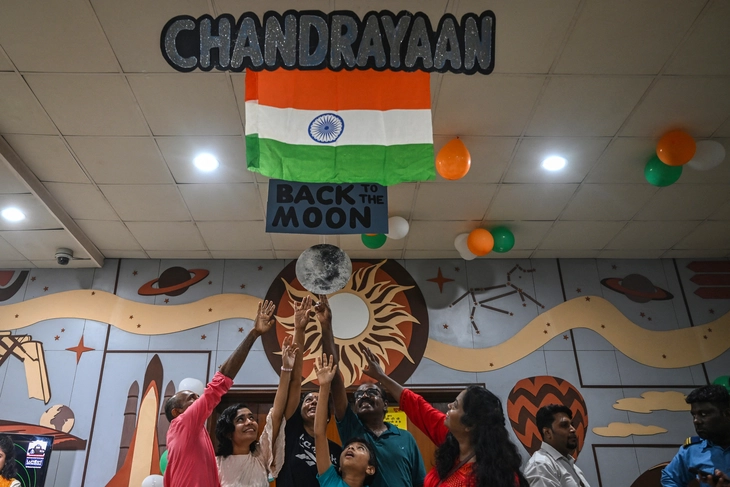
Happy Indian people celebrate the successful landing of Chandrayaan-3 on the Moon - Photo: AFP
India's space program is not only a scientific ambition but also a statement of the country's development.
In 2014, the New York Times published a cartoon depicting an Indian farmer leading a cow as he knocked on the door of the office of the “Global Elite Space Club.” Inside the office were two men reading a newspaper about the success of the Mangalyaan mission.
The cartoon caused outrage among Indians at the time because it was seen as belittling the country’s scientific achievements. However, it still partly reflected the long-standing prejudice that developing countries cannot enter the space race, which is reserved for rich and technologically advanced countries.
Since the 19th century, these large-scale technological projects have been seen as symbols of national power and modernity.
In this light, the Indian space program – especially the Chandrayaan missions – not only conquered scientific boundaries, but also made a statement about the power of a post-colonial nation.
"Political considerations and strategic motivations may be more important than India's mere space explorations, especially the Chandrayaan program," said Dr. Dimitrios Stroikos from the London School of Economics and Political Science.
The achievements are summed up by Mr. Bagla: "Reaching for the stars is becoming the daily routine at the Indian space agency. After having visited the Moon and Mars with orbital missions, they are now aiming for a mission to Venus and collect samples from the Moon.
The manned space programme to send an Indian citizen on an Indian rocket, launched from Indian territory, where the countdown will also be done by India, is taking shape rapidly."
Highlights of international cooperation
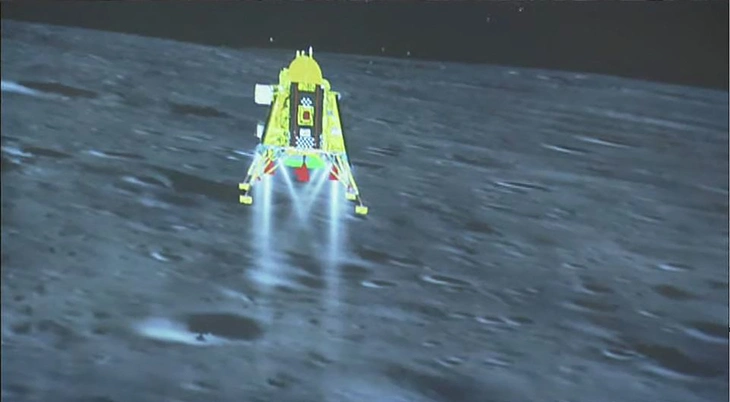
Image of Chandrayaan-3 landing on the surface of the "dark side of the Moon" - Photo: AFP
The world’s aerospace sector in general and India’s in particular continues to be a bright spot for international cooperation, despite global uncertainties. India’s space program has been marked by strong foreign cooperation projects.
The Soviet Union, and later its successor Russia, were long-standing partners and played a fundamental role in the early stages of India's space programme. India's first satellite - Aryabhata - was launched from the Soviet Union in 1975.
Russia also assisted in training Indian astronauts for the Gaganyaan mission and provided key systems for the manned spacecraft.
Meanwhile, space cooperation between India and the US has expanded strongly since the 2000s, especially in sharing scientific data and climate research.
NASA and ISRO have collaborated on many projects, notably the NISAR remote sensing radar mission to monitor climate change and global natural disasters.
The United States also provides technical assistance and exchanges of experts in the fields of Earth observation, telecommunications, and satellite navigation.
Source: https://tuoitre.vn/an-do-va-giac-mo-bay-tren-nhung-vi-sao-20250815151652315.htm


![[Photo] Discover unique experiences at the first World Cultural Festival](https://vphoto.vietnam.vn/thumb/1200x675/vietnam/resource/IMAGE/2025/10/11/1760198064937_le-hoi-van-hoa-4199-3623-jpg.webp)
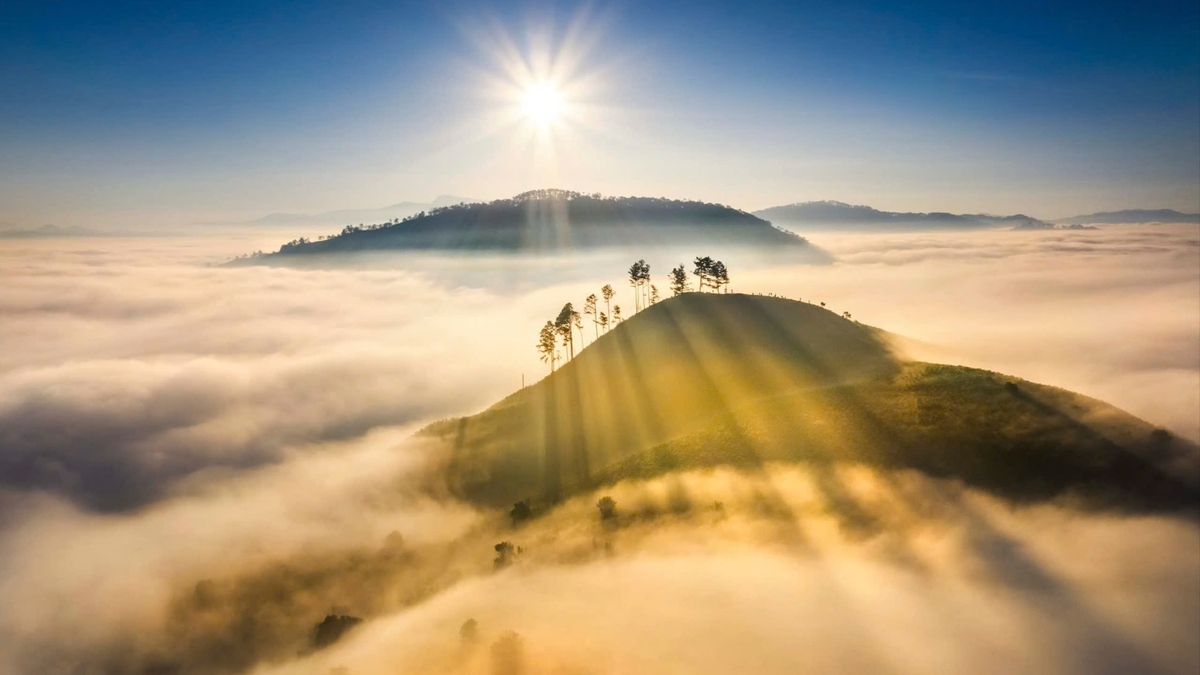




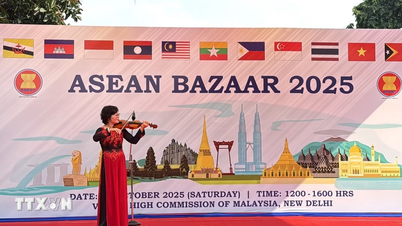






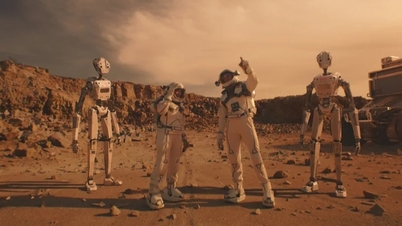










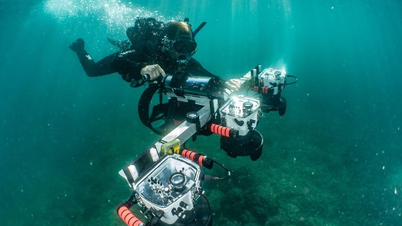


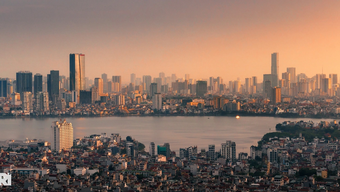

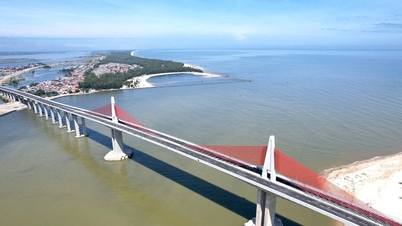

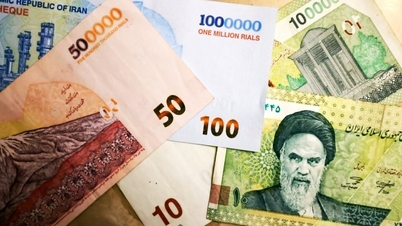




![[Photo] General Secretary attends the parade to celebrate the 80th anniversary of the founding of the Korean Workers' Party](https://vphoto.vietnam.vn/thumb/1200x675/vietnam/resource/IMAGE/2025/10/11/1760150039564_vna-potal-tong-bi-thu-du-le-duyet-binh-ky-niem-80-nam-thanh-lap-dang-lao-dong-trieu-tien-8331994-jpg.webp)









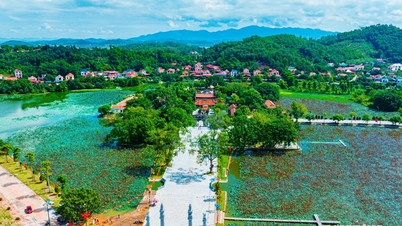











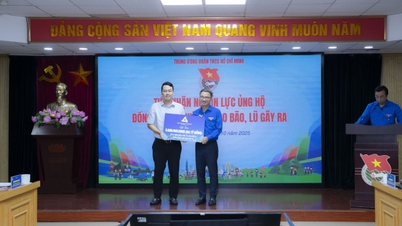


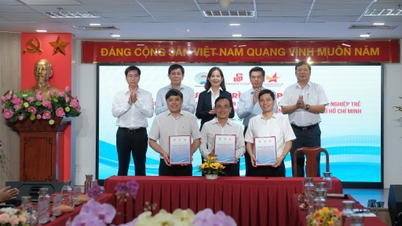







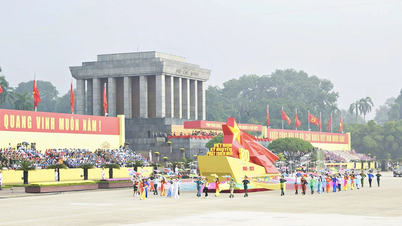




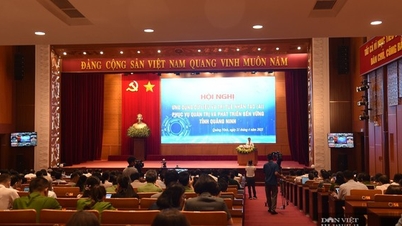


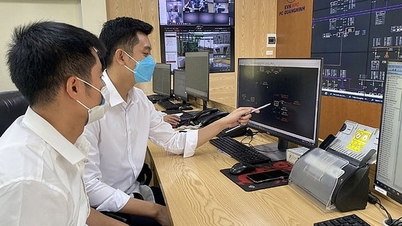
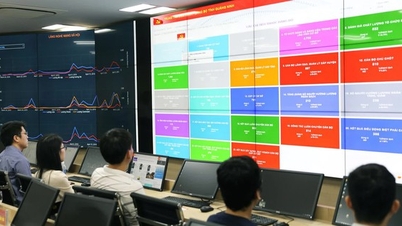



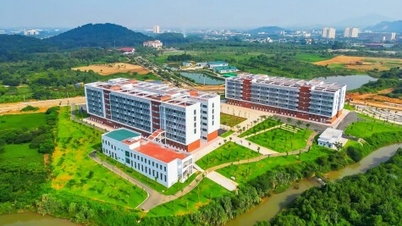





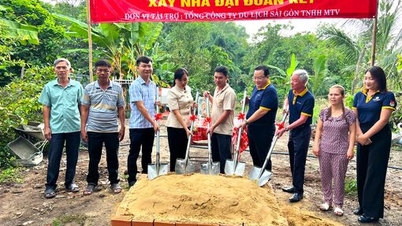
















Comment (0)